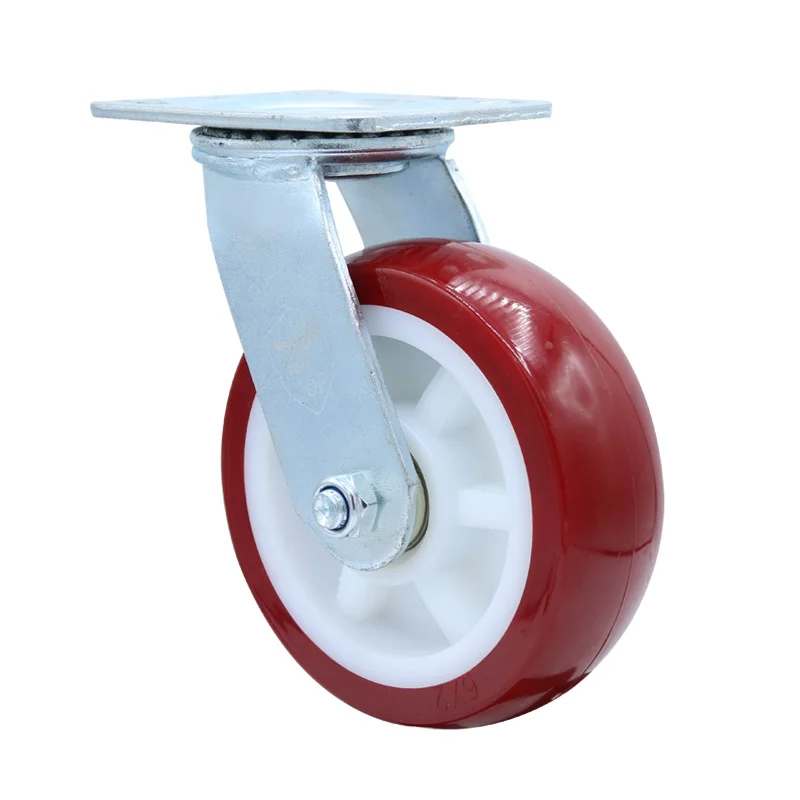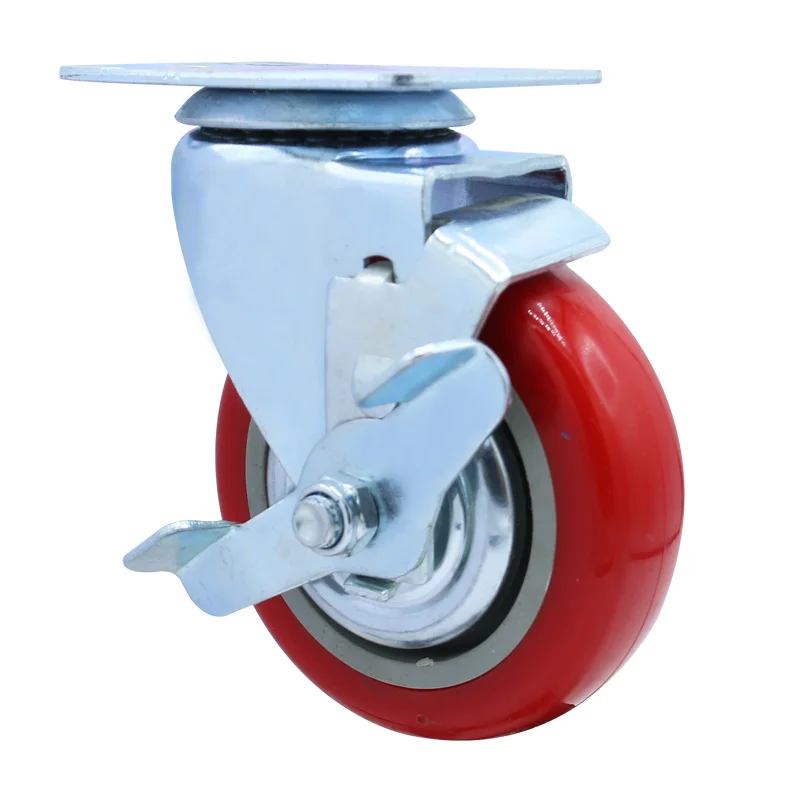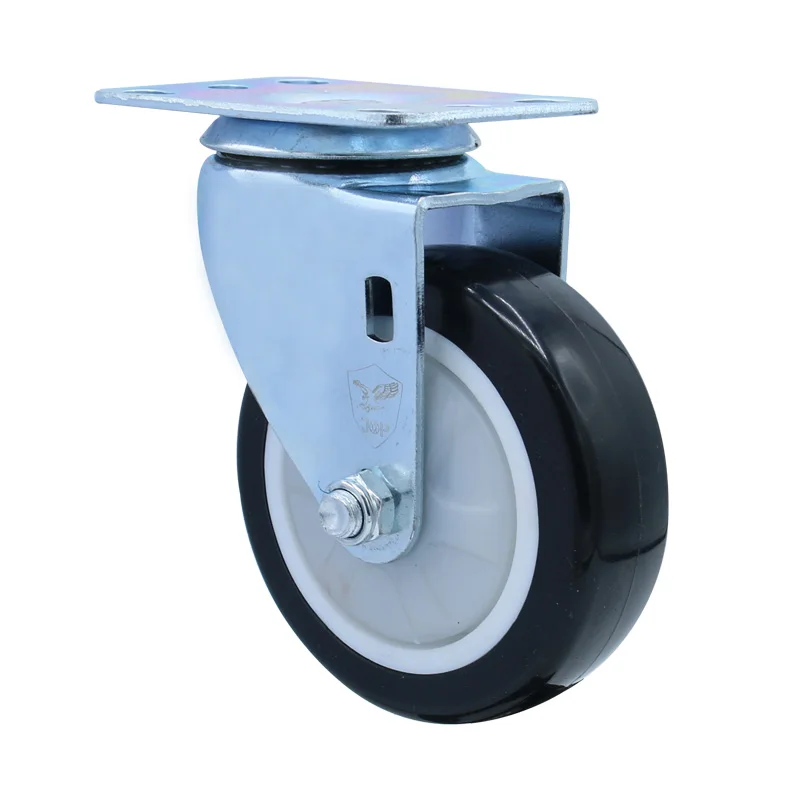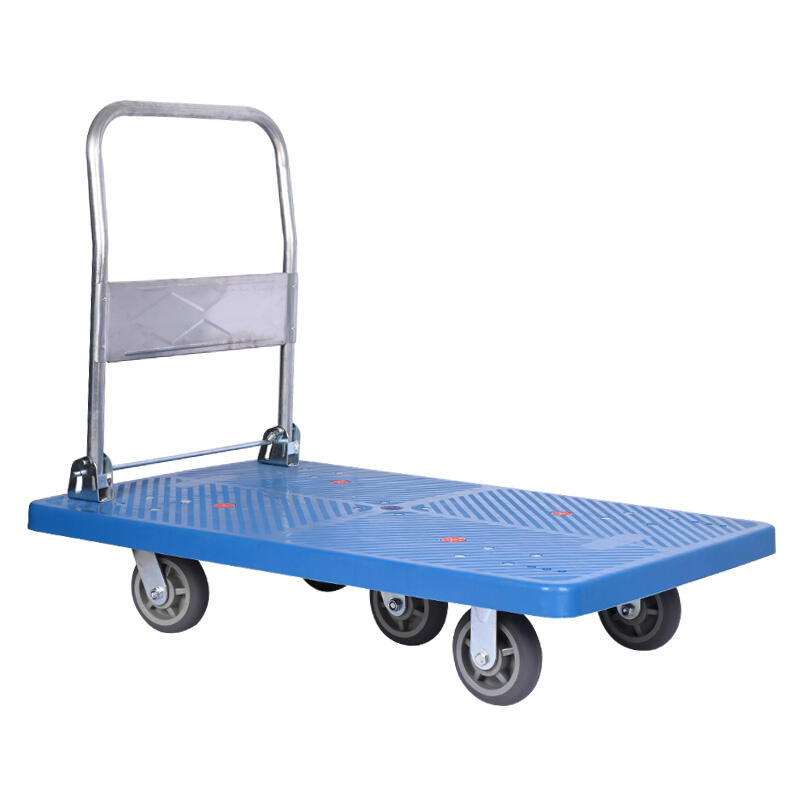castors with brakes
Castors with brakes represent an essential component in mobility solutions, offering controlled movement and secure positioning for various equipment and furniture. These specialized wheels feature an integrated braking mechanism that allows users to lock the wheel's rotation, ensuring stability when movement is undesired. The construction typically includes a sturdy wheel made from materials such as polyurethane, rubber, or nylon, mounted within a robust housing that contains the braking system. The brake mechanism usually operates through a foot-operated lever or pedal that, when engaged, applies pressure directly to the wheel's surface or locks the swivel mechanism. This dual functionality enables both rolling mobility and stationary security, making them ideal for applications where equipment needs to be both mobile and stable. Modern castors with brakes incorporate advanced features such as dual-action braking systems that simultaneously lock both the wheel rotation and swivel movement, ensuring maximum stability. The load-bearing capacity varies significantly, ranging from light-duty applications to heavy industrial uses, with some models capable of supporting several hundred kilograms. These castors often feature precision ball bearings for smooth operation and sealed designs to protect against dust and moisture, ensuring long-term reliability and reduced maintenance requirements.











